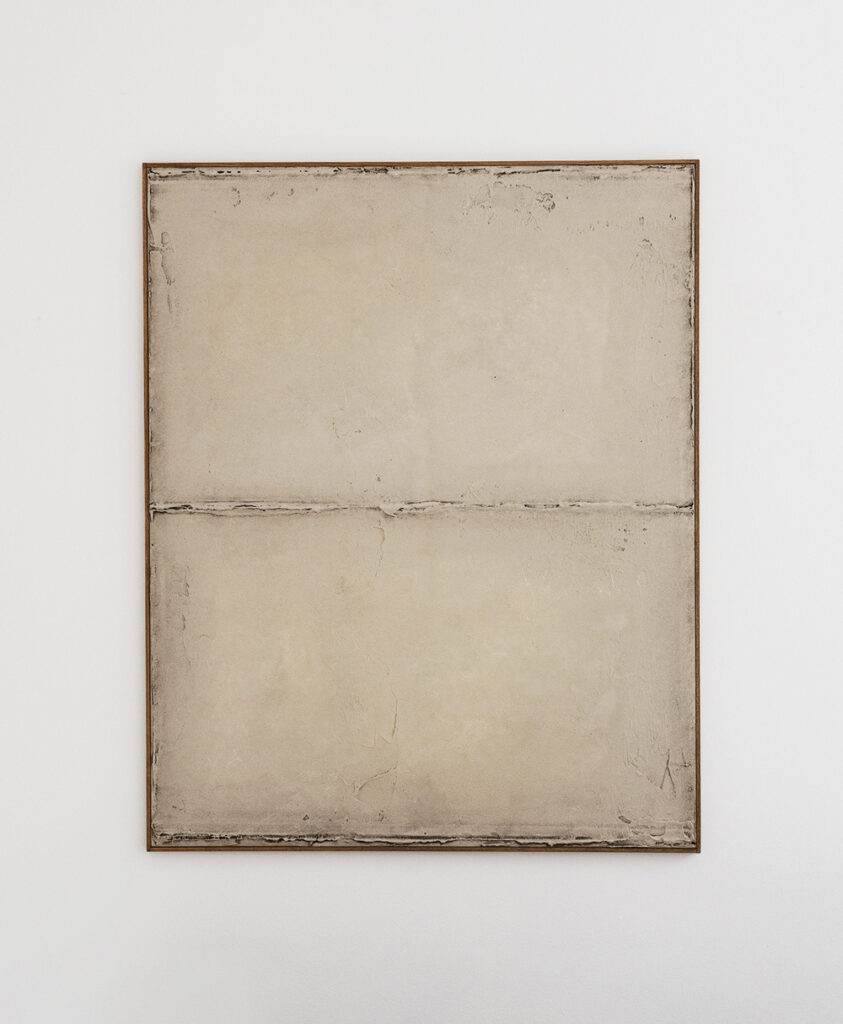Some may know it, that pleasant, delightful feeling when you look at art you find aesthetically pleasing. Recent research published in the Journal of Cognitive Neuroscience has now uncovered the relationship between aesthetically pleasing experiences and the brain.
The study, published in the Journal of Cognitive Neuroscience, examined brain waves triggered by aesthetically pleasing experiences. It found that the perception of art is not a passive process, but a fully active, meaning-making process associated with heightened attention.
The study, conducted by a team of researchers from the Breda University of Applied Sciences, the University of Tilburg, and the Max Planck Institute for Empirical Aesthetics (MPIEA) in Frankfurt, found that when participants viewed artworks they liked, the electroencephalogram (short EEG) showed increased gamma wave activity in a certain area of the brain. Side note from me: Gamma waves are the fastest brain waves that can be measured in the brain. Gamma waves have been found to synchronize the left and right hemispheres of the brain and occur during peak physical and mental performance, among other things.
We don’t just passively perceive art, but engage in a process of discovery that can last several seconds.
Edward A. Vessel, research associate at the MPIEA and co-author of the study


The scientists also observed so-called alpha waves, which were more pronounced for both high- and low-rated artworks, as compared to images given medium ratings. Side note from me: Alpha waves are slow brain waves that occur primarily when we become more relaxed, daydream, or are in a flow state, among other things. In the alpha state, we are creative and optimally receptive to learning new information.
The authors hope that this new research can contribute to our understanding of how people appreciate art, but they also see it as part of a larger question. It suggests that participants are not simply responding to the visual properties of an artwork, but are engaging in a process of discovery, trying out different interpretations and meanings.
By using art viewing as an example of a visual experience whose interpretation is both highly individual and linked to meaning, their work aims to unlock the mysteries of how and why we take pleasure in making sense of our environment.
Further reading
Original Publication
Strijbosch, W., Vessel, E. A., Welke, D., Mitas, O., Gelissen, J., & Bastiaansen, M. (2022). On the neuronal dynamics of aesthetic experience: Evidence from electroencephalographic oscillatory dynamics. Journal of Cognitive Neuroscience, 34(3), 461–479. doi:10.1162/jocn_a_01812


